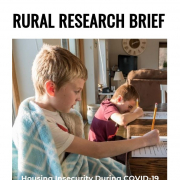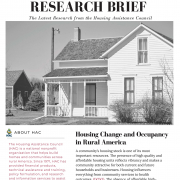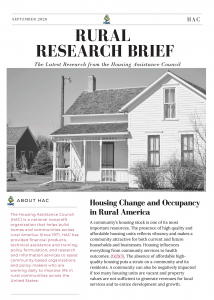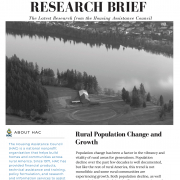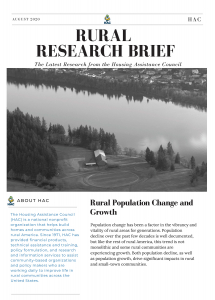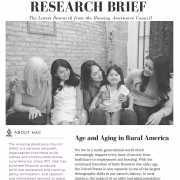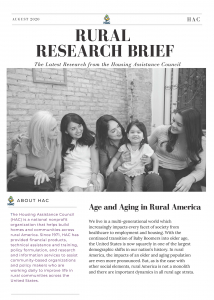Creating A Better Understanding of Farmworker Communities and Their Housing Conditions
Farmworker Dynamics Have Shifted Over the Last Few Decades
U.S. agriculture, a multibillion-dollar industry, has been made possible by cheap farmworker labor. As one of the most impoverished groups in the nation, farmworkers earn low wages and experience working conditions that hinder their ability to access affordable housing. This situation is further exacerbated by many legal, cultural, and geographic circumstances that often keep this population in the shadows of American society and contribute to their economic marginalization.
The Housing Assistance Council (HAC) has undertaken a review of U.S. farmworkers and their housing to provide a deeper understanding of these individuals, their historical impact, and their quality of life within this country.
HAC FW Rural Research Brief_Final_4.30.24
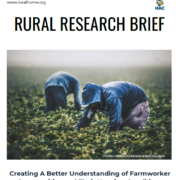
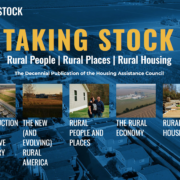
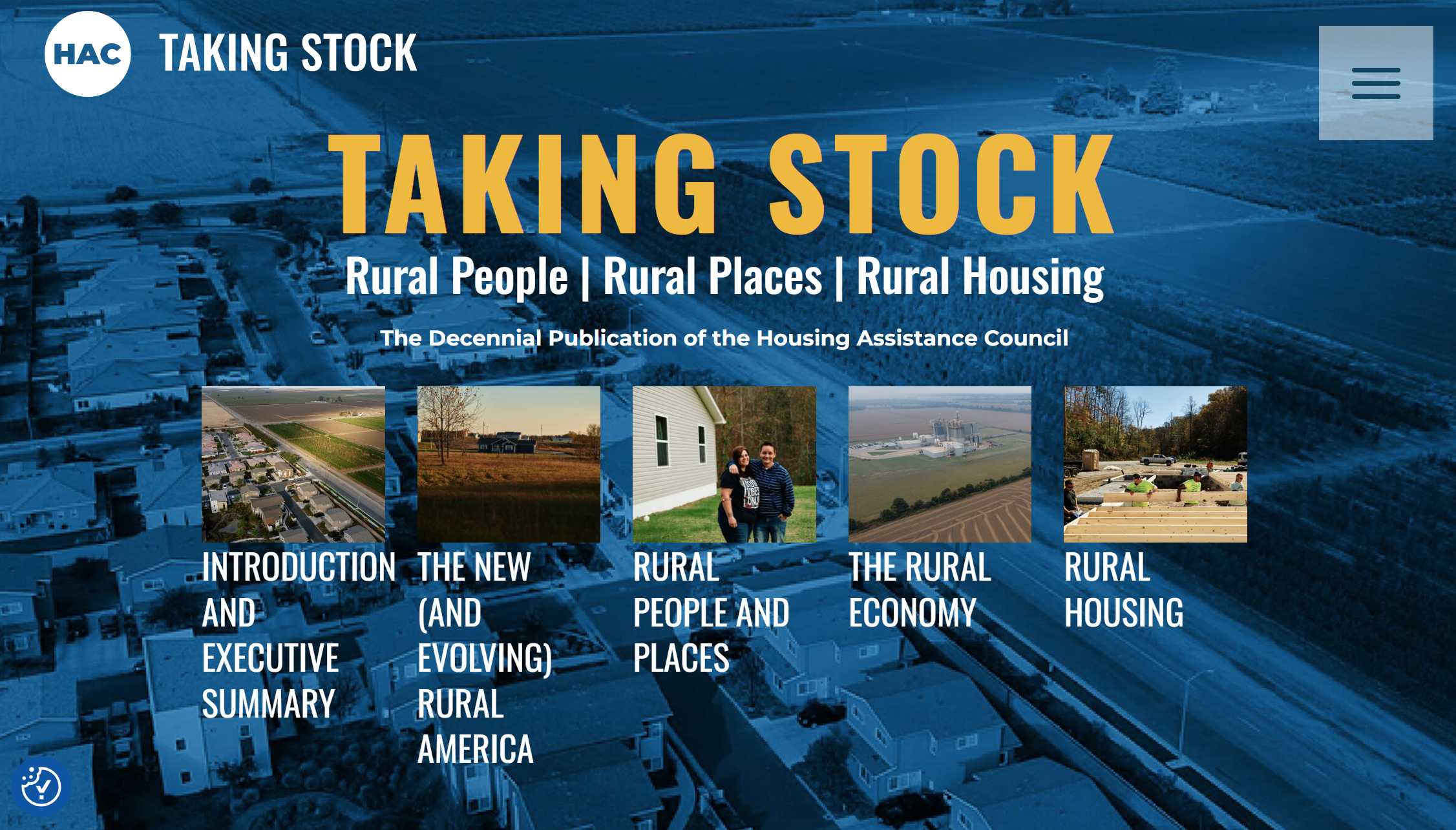
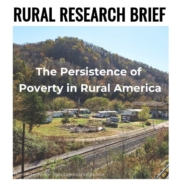 Housing Assistance Council
Housing Assistance Council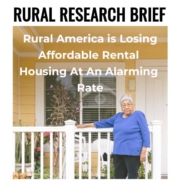 Housing Assistance Council
Housing Assistance Council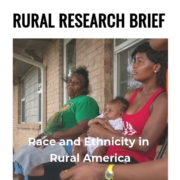 Housing Assistance Council
Housing Assistance Council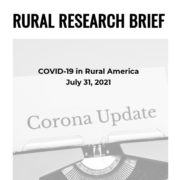 Housing Assistance Council
Housing Assistance Council